Essential PC Parts & What They Do
Before building, it's important to understand each part of your PC. All of them are necessary for a functioning computer, so don't start your build without any of them.
Designing Your PC
When designing a PC, there are a lot of directions you can go depending on the aesthetic, functionality, and purpose of the machine. Here you can find a few design ideas on Pinterest.
1. Processor (CPU)
The CPU (Central Processing Unit) is the brain of your computer. It performs all the calculations and instructions needed to run your operating system, software, and applications.
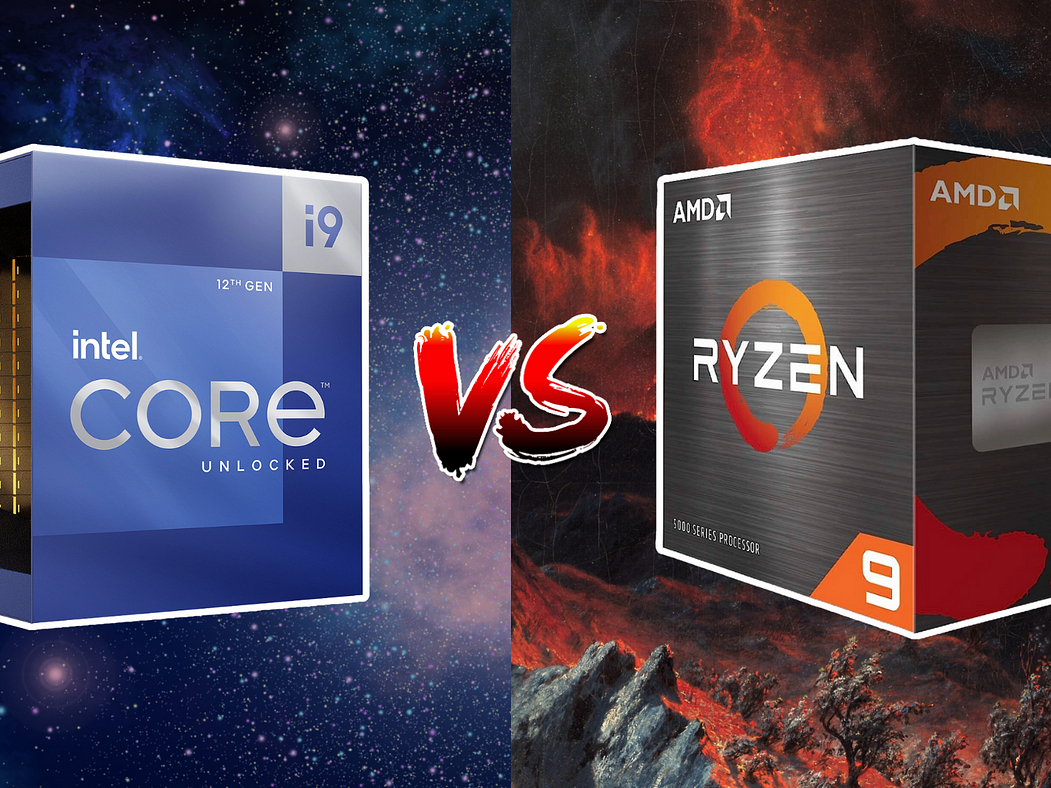
What to buy
1. Purpose of Your PC
- Gaming: Focus on a CPU that balances single-core performance and multi-core performance. For most modern games, faster single-core speeds are essential, but newer titles benefit from more cores.
- Content Creation/Workstation: For tasks like video editing, 3D rendering, or software development, look for CPUs with 8 or more cores, as these tasks benefit from parallel processing.
- General Use: A mid-range CPU with 4-6 cores will be more than sufficient for everyday tasks like browsing, word processing, and watching videos.
2. CPU Socket Type & Motherboard Compatibility
Ensure the CPU socket matches your motherboard's socket type. Intel and AMD use different socket designs (e.g., Intel uses LGA 1200, and AMD uses AM4). Double-check the compatibility before buying.
3. Core Count and Threads
- Cores: A CPU’s cores are the physical processors inside it. More cores typically mean better multitasking and parallel processing.
- Threads: Threads are virtual cores that allow for better multitasking. Look for CPUs with Hyper-Threading (Intel) or SMT (AMD) for better performance in multi-threaded tasks.
4. Clock Speed (GHz)
The clock speed determines how fast your CPU can execute instructions. A higher clock speed results in better performance, particularly in tasks like gaming.
5. Integrated Graphics vs. No Integrated Graphics
Some CPUs have integrated graphics, while others do not. If you’re not using a dedicated GPU, make sure to buy a CPU with integrated graphics, such as Intel’s iGPU models or AMD’s Ryzen G series.
6. Overclocking Potential
Overclocking is the process of pushing a CPU to perform faster than its default settings. If you want to overclock, look for unlocked CPUs like Intel's “K” series or AMD’s Ryzen “X” series.
7. Brand Preference: Intel vs. AMD
- Intel: Known for strong single-core performance, Intel CPUs tend to excel in gaming and applications that rely on high clock speeds. Intel’s higher-end chips (e.g., i9) are also known for their strong performance in multi-threaded tasks.
- AMD: AMD Ryzen processors generally offer more cores for the price, making them ideal for multi-threaded workloads like content creation and productivity. Ryzen CPUs are highly regarded for their value and power, with the Ryzen 5 and Ryzen 7 lines being particularly popular for most users.
8. Budget Considerations
While premium CPUs like Intel’s i9 or AMD’s Ryzen 9 offer top-tier performance, they are usually overkill for most casual gamers or general users. Determine your budget and needs before splurging on high-end chips. A mid-range CPU, such as the Intel Core i5 or AMD Ryzen 5, will likely offer the best value for most users.
Graphics Processing Unit (GPU)
A GPU (Graphics Processing Unit) is responsible for rendering images, videos, and animations on your screen. It plays a crucial role in gaming, video editing, 3D rendering, and AI-based workloads.
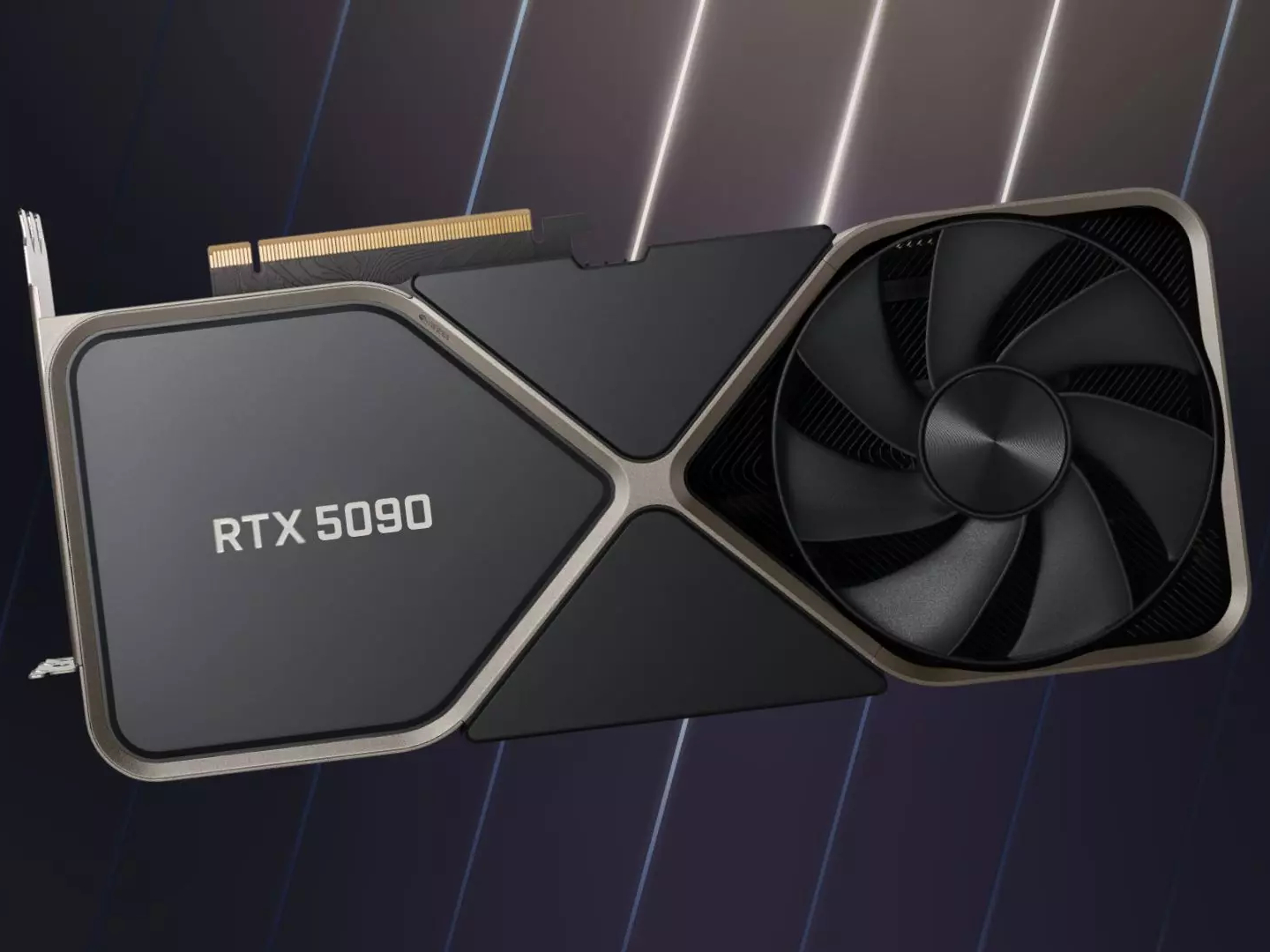
What to buy
1. Purpose of Your PC
- Gaming: The GPU is the most important component for gaming performance. Look for a GPU with a good balance of core count, VRAM, and clock speed. Higher-end GPUs handle higher resolutions (1440p, 4K) and better frame rates. Keep in mind that more expensive GPUs have diminishing returns in terms of performance gains for most gamers.
- 1080p gaming: Mid-range GPUs
- 1440p gaming: High-end GPUs
- 4K gaming: Enthusiast-class GPUs
- Content Creation & Workstation: If you’re doing video editing, 3D modeling, or machine learning, a GPU with more CUDA cores (NVIDIA) or Compute Units (AMD) will be beneficial. NVIDIA’s RTX 4000 series and AMD’s Radeon Pro series offer workstation-focused GPUs for professionals.
- Video Editing: GPUs with high VRAM (12GB+) and hardware acceleration support
- 3D Rendering: Look for high-end GPUs with strong compute power
- AI & Deep Learning: NVIDIA GPUs with CUDA support are preferred for AI workloads.
- General Use: If you’re using your PC for everyday tasks like web browsing and office work, you may not need a dedicated GPU. Integrated graphics (found in CPUs like Intel’s UHD/iRIS series or AMD’s Ryzen APUs) are sufficient for light workloads. You can find more information about integrated GPUs here.
2. GPU Compatibility (PCIe & PSU Requirements)
-
Ensure your GPU is compatible with your motherboard and power supply.
- GPUs connect via the PCIe slot on the motherboard. Modern GPUs use PCIe 4.0 or PCIe 5.0, but they are backward-compatible.
- Check the power supply unit (PSU) requirements. Some high-end GPUs require multiple 8-pin or 12VHPWR connectors, so ensure your PSU has the right cables and wattage.
- Ensure the case size fits the GPU, as some models are large and require extra clearance.
3. VRAM (Video Memory)
- VRAM (Video RAM) is crucial for gaming, rendering, and high-resolution displays. More VRAM allows for better texture loading and performance at higher resolutions.
- 4GB-6GB: Suitable for 1080p gaming on low to medium settings.
- 8GB-12GB: Ideal for 1440p gaming and content creation.
- 16GB+: Best for 4K gaming, professional rendering, and AI workloads.
4. Ray Tracing & DLSS/FSR
- Ray Tracing: A rendering technology that simulates realistic lighting and reflections. Supported by NVIDIA RTX and AMD Radeon RX 6000/7000 series.
- DLSS (Deep Learning Super Sampling): An NVIDIA-exclusive AI-based upscaling technology that boosts frame rates without significant quality loss.
- FSR (FidelityFX Super Resolution): AMD’s open-source alternative to DLSS, available on a broader range of hardware.
5. Cooling & Thermal Design
-
GPUs generate heat, and proper cooling is essential for maintaining performance and longevity.
- Blower-style coolers: Good for compact builds but tend to run hot and loud.
- Open-air coolers: More common in gaming GPUs; better airflow but requires good case ventilation.
- Water-cooled GPUs: Best for extreme overclocking and silent operation, but expensive. NOT RECOMMENDED FOR BEGINNERS
6. Overclocking Potential
Like CPUs, GPUs can be overclocked to boost performance. Many manufacturers provide software tools (e.g., MSI Afterburner, EVGA Precision X1) to adjust clock speeds, power limits, and fan curves.
Overclocking increases power draw and heat, so ensure adequate cooling.
7. Brand Preference: NVIDIA vs. AMD
- NVIDIA: Known for strong ray tracing performance, CUDA support, and DLSS technology. Best for high-end gaming and professional workloads.
- AMD: Offers great price-to-performance ratios, higher VRAM, and open-source technologies like FSR. A solid choice for gamers and budget-conscious buyers.
8. Budget Considerations
- Entry-Level (Under $250): GTX 1650, RTX 3050, RX 6600
- Mid-Range ($250-$500): RTX 4060 Ti, RX 7700 XT
- High-End ($500-$1000): RTX 4070 Ti, RX 7900 XT
- Enthusiast ($1000+): RTX 4080, RTX 4090
Choosing the right GPU depends on your needs, resolution, and budget. Always check benchmarks and real-world performance before making a final decision!
3. Motherboard
A motherboard is the backbone of your computer, connecting all components and allowing them to communicate with each other. Choosing the right motherboard is essential for compatibility and performance.
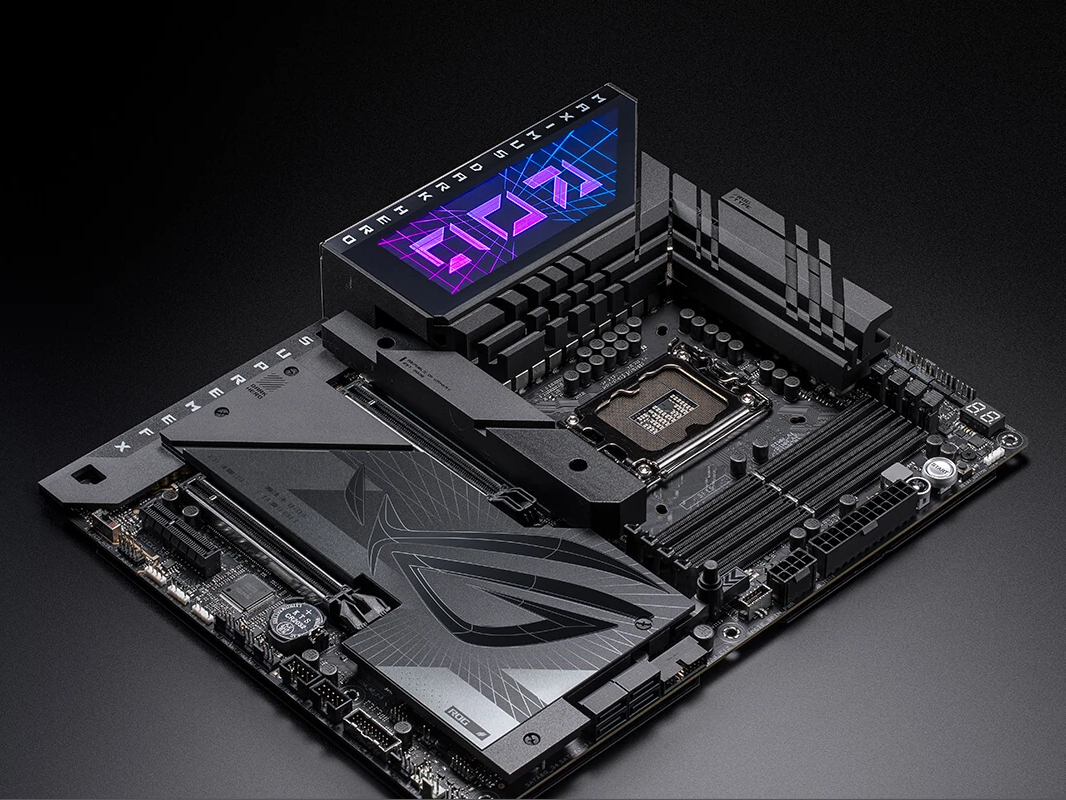
What to buy
1. Purpose of Your PC
- Gaming: A mid-range motherboard with good VRMs (Voltage Regulator Modules) and PCIe support is ideal. Look for motherboards that support high-speed RAM, PCIe 4.0 (or 5.0 for newer builds), and have good cooling solutions.
- Content Creation/Workstation: For video editing, 3D rendering, and multitasking, choose a motherboard with multiple M.2 slots for NVMe SSDs, high RAM capacity, and good connectivity options.
- General Use: A budget-friendly motherboard that supports your chosen CPU and RAM is enough for everyday tasks like browsing, media consumption, and light productivity.
2. CPU Socket Type & Chipset Compatibility
- Ensure your motherboard’s socket matches your CPU’s socket. Intel and AMD use different socket designs:
- Intel: LGA 1700 (for 12th/13th Gen CPUs), LGA 1200 (for 10th/11th Gen CPUs), etc.
- AMD: AM4 (for most Ryzen CPUs), AM5 (for newer Ryzen CPUs).
- Chipset Selection: The chipset determines what features your motherboard supports. Higher-end chipsets offer better overclocking support, more PCIe lanes, and additional connectivity options.
- Intel Example: B760 (budget), Z790 (high-end, supports overclocking).
- AMD Example: B550 (budget/mid-range), X670 (high-end, supports overclocking).
3. Form Factor (Size)
- Motherboards come in different sizes. Choose based on your case size and expansion needs:
- ATX: Standard size, offers multiple PCIe slots, RAM slots, and expansion options.
- Micro-ATX (mATX): Smaller, still has good connectivity but with fewer expansion slots.
- Mini-ITX: Compact and best for small builds, but usually has fewer ports and expansion options.
4. RAM Compatibility and Slots
- Check the maximum supported RAM capacity and speed.
- Ensure the motherboard has enough DIMM slots for future upgrades (4 slots are ideal for most builds, while Mini-ITX may have only 2).
- DDR4 vs. DDR5: Newer motherboards support DDR5 RAM, but DDR4 is still widely used and more affordable.
5. PCIe Slots and Expansion
- PCIe (Peripheral Component Interconnect Express) slots determine your ability to add GPUs, sound cards, or additional storage controllers.
- For Gaming & Workstations: Ensure you have at least one PCIe x16 slot (for a GPU) and extra PCIe slots for other expansions.
- PCIe 4.0 vs. PCIe 5.0: Newer motherboards support PCIe 5.0, which offers faster speeds for GPUs and SSDs, but PCIe 4.0 is still widely sufficient.
6. Storage Options (SATA & M.2 Slots)
- SATA ports are used for HDDs and some SSDs.
- M.2 NVMe slots are for high-speed SSDs. If you plan to use NVMe drives, ensure your motherboard has enough M.2 slots.
- Some motherboards offer PCIe Gen 4 or Gen 5 M.2 slots, which provide even faster speeds.
7. Connectivity & Ports
- USB Ports: More ports mean more peripherals. Look for USB 3.2 or USB-C for faster data transfer.
- Ethernet/Wi-Fi: If you need wireless connectivity, choose a motherboard with built-in Wi-Fi (e.g., Wi-Fi 6 or 6E).
- Audio: High-end motherboards have better onboard audio chips for improved sound quality.
8. Overclocking Support (Advanced)
- Intel: Only Z-series chipsets (like Z790, Z690) support CPU overclocking.
- AMD: Most Ryzen motherboards support overclocking, but higher-end chipsets (like X670) have better VRMs for stability.
- If you plan on overclocking, ensure your motherboard has good VRMs and cooling.
9. Brand Preference & Budget
- Popular Brands: ASUS, MSI, Gigabyte, ASRock offer reliable motherboards.
- Budget Considerations: High-end motherboards (like X670E, Z790) offer premium features but are costly. For most users, mid-range chipsets (like B550, B760) provide the best value.
4. Power Supply Unit (PSU)
The Power Supply Unit (PSU) is a crucial component that provides stable and reliable power to your entire system. Choosing the right PSU ensures system stability, efficiency, and longevity.
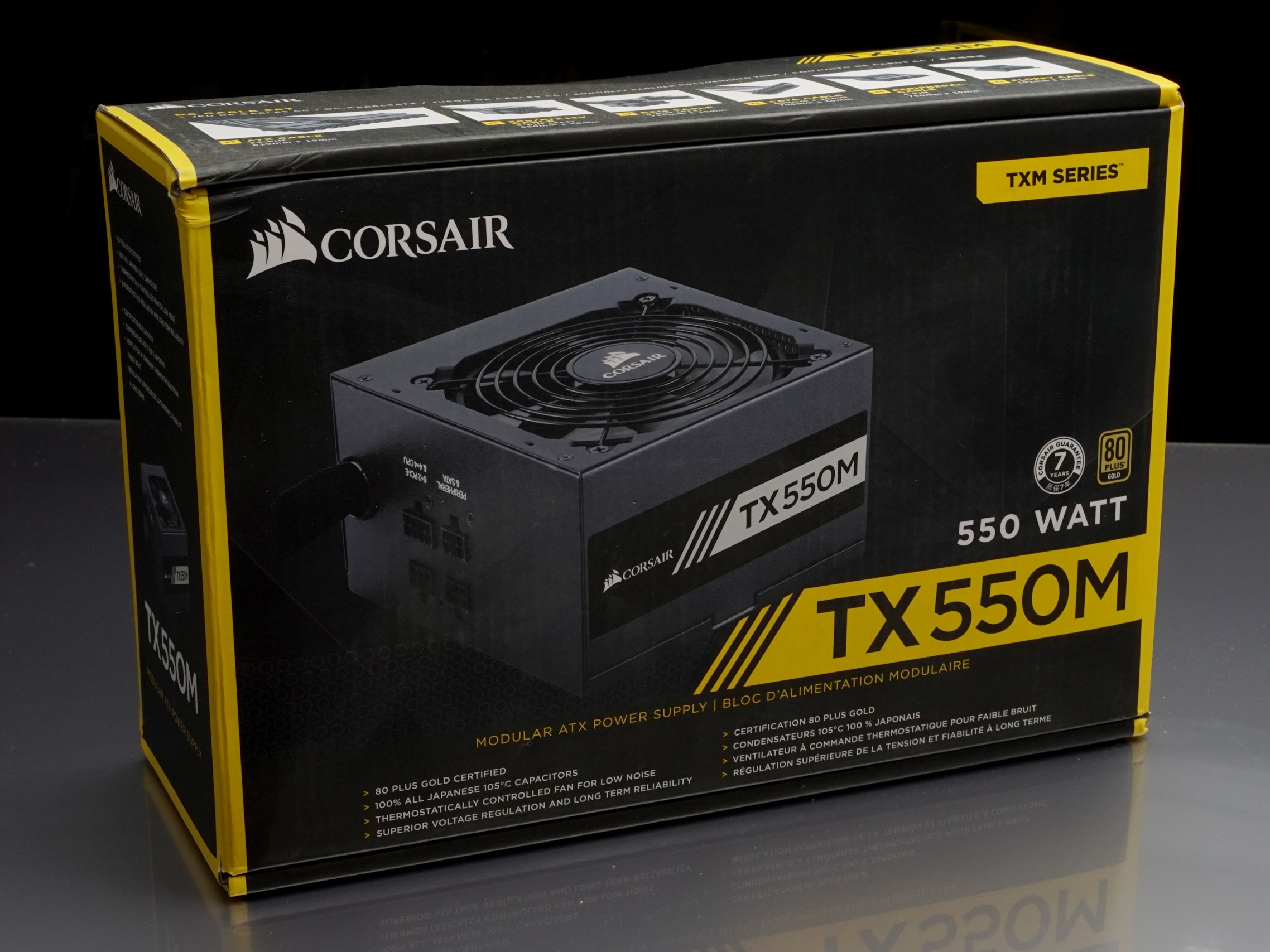
What to buy
PRO TIP: This is a component that doesn’t necessarily bring any performance upgrades, so people tend to cheap out on PSUs. However, I DO NOT recommend doing so. You can avoid these problems:
- System Instability & Crashes
- Risk of Hardware Damage
- Inefficiency & Overheating
- Potential Fire Hazard
- Limited Upgrade Potential
1. Purpose of Your PC
- Gaming: A PSU with sufficient wattage and good efficiency is essential. Ensure it has enough power to handle your GPU and CPU while leaving headroom for future upgrades.
- Content Creation/Workstation: High-performance workstations with multiple GPUs, high-core-count CPUs, and multiple storage devices require a PSU with higher wattage (750W+ recommended).
- General Use: For basic office tasks, web browsing, and media consumption, a 400W–500W PSU from a reputable brand will suffice.
2. Wattage Requirements
- The required PSU wattage depends on your components. Use an online PSU calculator to estimate your power needs.
- Typical Recommendations:
- Entry-Level Builds: 400W–550W
- Mid-Range Gaming Builds: 550W–750W
- High-End Gaming/Workstations: 750W–1000W+
- Multi-GPU or Overclocked Systems: 1000W+
3. Efficiency Rating (80 PLUS Certification)
- 80 PLUS certifications indicate PSU efficiency, reducing wasted energy and heat generation.
- 80 PLUS White: Basic efficiency (~80%).
- 80 PLUS Bronze: Decent efficiency (~82–85%).
- 80 PLUS Silver/Gold: Higher efficiency (~87–92%), recommended for most builds.
- 80 PLUS Platinum/Titanium: Best efficiency (~92–94%), ideal for high-end and workstation PCs.
4. Modularity (Cable Management)
- Non-Modular: Fixed cables; can be messy and harder to manage.
- Semi-Modular: Some detachable cables; a good balance between cost and flexibility.
- Fully Modular: All cables are detachable; ideal for neat cable management and airflow but generally more expensive.
5. Connectors & Compatibility
- Ensure your PSU has the necessary connectors for your components:
- 24-Pin ATX (motherboard power)
- 8-Pin EPS (CPU power)
- PCIe (6+2 Pin) (GPU power, check if you need multiple cables for high-end GPUs)
- SATA/Molex (for SSDs, HDDs, case fans, etc.)
- Newer GPUs may require 12VHPWR connectors (found in ATX 3.0 PSUs) for high-power cards like the RTX 4000 series.
6. Overclocking and Power Stability (Advanced)
- If you plan to overclock your CPU or GPU, ensure your PSU has strong voltage regulation and reliable power delivery.
- Look for high-quality capacitors, particularly Japanese capacitors, which are known for reliability and durability.
7. Brand Preference & Reliability
- Choose reputable brands such as Corsair, EVGA, Seasonic, Be Quiet!, Thermaltake, and Cooler Master.
- Check warranty periods (typically 5–10 years for high-quality PSUs).
8. Budget Considerations
- Avoid cheap, no-name PSUs—they can damage your components.
- A high-quality 550W–750W PSU with at least 80 PLUS Bronze or Gold certification is the best value for most users.
- Investing in a reliable PSU ensures long-term stability and prevents potential failures or fire hazards.
5. Storage (SSD/HDD)
Storage is where your operating system, games, applications, and files are stored. Choosing the right type and amount of storage is essential for performance and reliability.
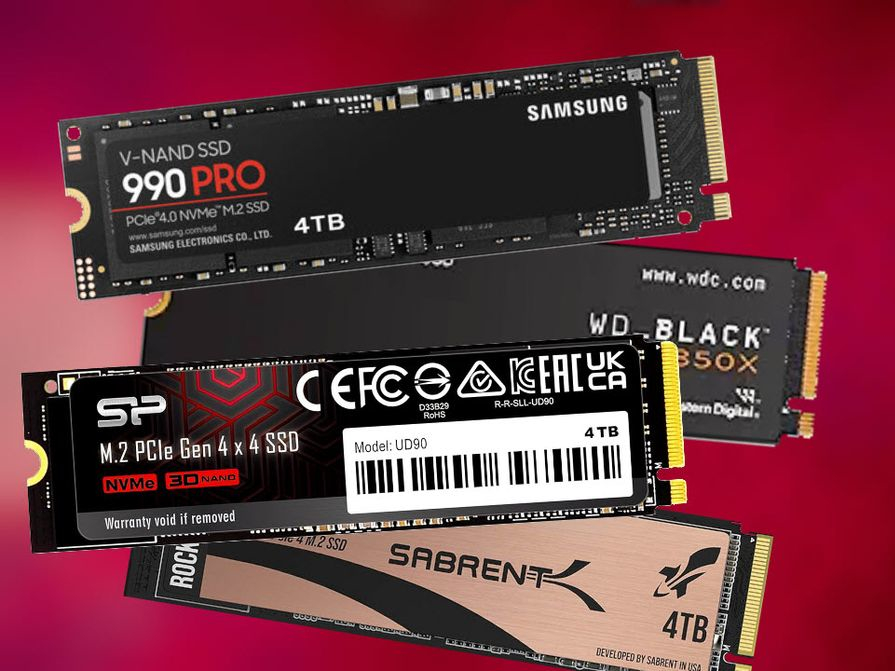
What to buy
1. Purpose of Your PC
- Gaming: Fast storage reduces game load times. An NVMe SSD is highly recommended for modern gaming builds.
- Content Creation/Workstation: Large storage capacity and speed are essential. A combination of high-speed NVMe SSDs and large-capacity HDDs is ideal.
- General Use: A standard SATA SSD is a great choice for speed and reliability. HDDs can still be useful for extra storage on a budget.
2. Types of Storage
- Solid State Drive (SSD): Faster, more reliable, and uses flash memory with no moving parts.
- NVMe SSD (M.2 PCIe) (My recommendation): The fastest option, great for OS, applications, and games.
- SATA SSD: Slower than NVMe but still much faster than HDDs, good for general use.
- Hard Disk Drive (HDD): Higher capacity at a lower price, but much slower due to moving parts. Best for mass storage (videos, backups, etc.).
3. NVMe vs. SATA SSDs
- NVMe SSD (PCIe 3.0/4.0/5.0)
- Much faster than SATA SSDs.
- Ideal for gaming, content creation, and high-speed workloads.
- PCIe 4.0/5.0 models offer even higher speeds (if motherboard supports it).
- SATA SSD
- Still fast, but limited to ~550 MB/s read/write speeds.
- Best for general computing and budget-friendly builds.
4. HDD Considerations
- 5400 RPM vs. 7200 RPM: 7200 RPM drives are faster but can be noisier and consume more power.
- Storage Capacity: HDDs are available in large capacities (1TB–16TB), making them great for mass storage and backups.
- Use Case: HDDs are best for storing media files, backups, or less frequently accessed data.
5. Storage (SSD/HDD)
Storage is where your operating system, games, applications, and files are stored. Choosing the right type and amount of storage is essential for performance and reliability.
6. Storage Capacity Recommendations
- OS & Software Only: 250GB–500GB SSD (minimum recommended).
- Gaming Builds: 1TB–2TB NVMe SSD (for speed) + optional HDD for extra storage.
- Content Creators & Workstations: 2TB+ NVMe SSD (for speed) + 4TB+ HDD (for mass storage).
- General Use: 500GB–1TB SSD (for balance between speed and storage).
7. Hybrid Storage Setup (Best of Both Worlds)
- Boot Drive (SSD): Install the OS and frequently used applications on an NVMe or SATA SSD for faster boot times and responsiveness.
- Mass Storage (HDD): Store large files, backups, and media on a high-capacity HDD.
8. Durability & Longevity
- SSD Lifespan: Measured in TBW (Terabytes Written); high-end SSDs last longer and handle more writes.
- HDD Lifespan: Mechanical parts make HDDs more prone to failure. Regular backups are recommended.
- Enterprise-Grade Drives: Some high-end SSDs and HDDs are designed for 24/7 operation with better endurance.
9. Brand Preference & Budget
- Reliable SSD Brands: Samsung, Western Digital, Crucial, Kingston, Sabrent, Seagate.
- Reliable HDD Brands: Western Digital (WD Blue, WD Black, WD Red for NAS), Seagate (Barracuda, IronWolf for NAS), Toshiba.
- Budget Considerations: NVMe SSDs have become more affordable, making them the best choice for performance. HDDs remain the cheapest option for large storage needs.
6. Memory (RAM)
RAM (Random Access Memory) is a critical component that temporarily stores data for quick access by the CPU. The amount and speed of RAM impact system performance, multitasking, and application responsiveness.
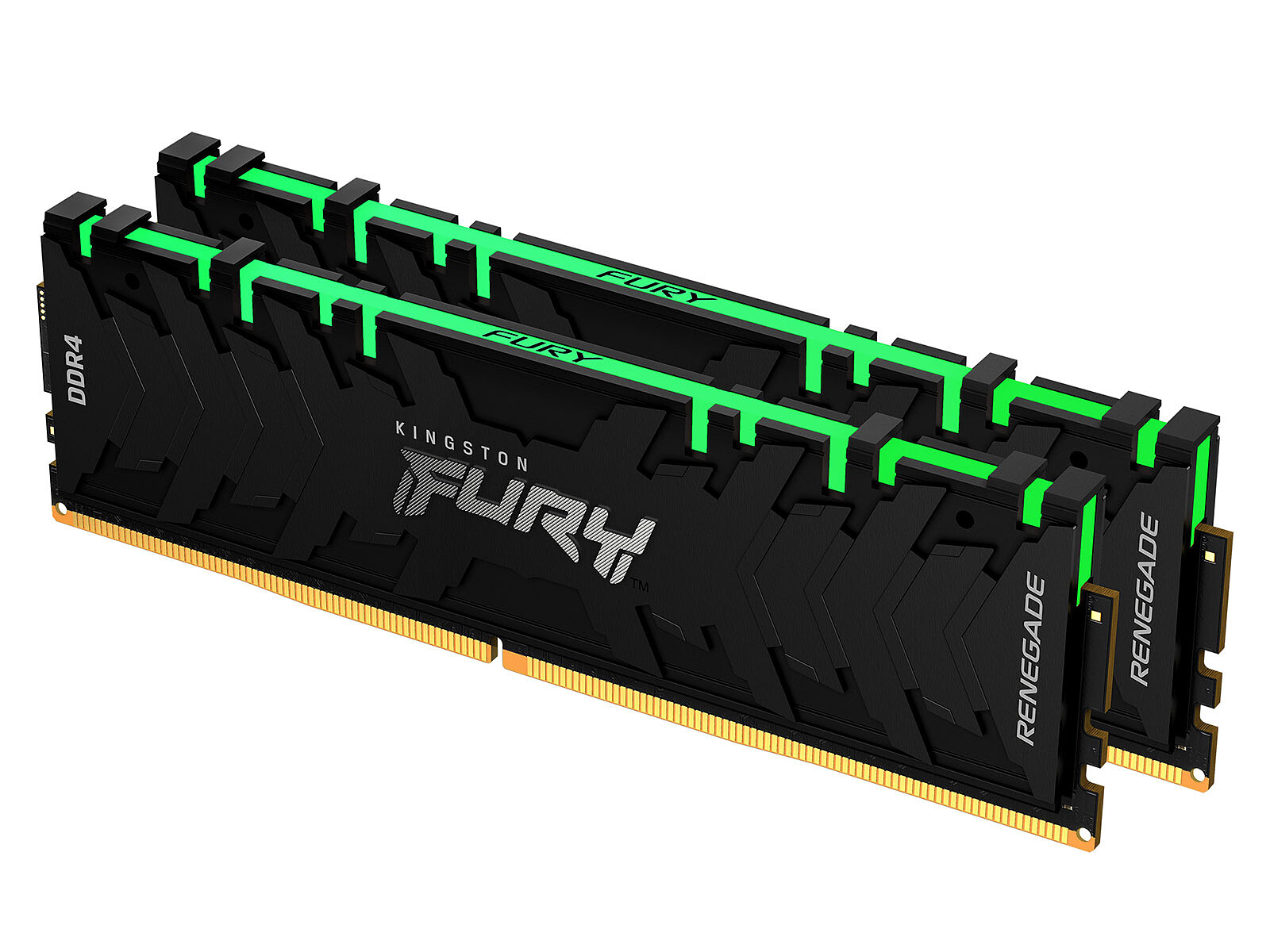
What to buy
1. Purpose of Your PC
- Gaming: Most modern games require at least 16GB of RAM for smooth performance. High-end gaming or streaming may benefit from 32GB.
- Content Creation/Workstation: For video editing, 3D rendering, or large-scale data processing, 32GB to 64GB+ is recommended.
- General Use: 8GB–16GB is sufficient for browsing, office work, and light media editing.
2. DDR Generation (DDR4 vs. DDR5)
- DDR4: Still widely used, offering good performance and affordability.
- DDR5: Newer, with higher bandwidth and lower power consumption, but more expensive. Only compatible with newer motherboards and CPUs.
3. RAM Capacity Recommendations
- 8GB: Basic tasks like web browsing, office applications, and light multitasking.
- 16GB: Ideal for gaming, light content creation, and multitasking.
- 32GB: Great for high-performance gaming, streaming, and professional workloads.
- 64GB+: Necessary for extreme multitasking, high-end content creation, and professional applications like 3D modeling and simulations.
4. RAM Speed (MHz) and Latency (CAS Latency)
- Speed (MHz): Higher MHz means faster data transfer.
- DDR4: 2666MHz–3600MHz (optimal for gaming and general use).
- DDR5: 4800MHz+ (better bandwidth for high-end tasks).
- CAS Latency (CL): Lower latency is better (CL16 is faster than CL18 at the same frequency).
- Balance between speed and latency: Higher MHz with low CL is ideal, but real-world differences are minimal for most users.
5. Single vs. Dual vs. Quad Channel Memory
- Single Channel (1 stick): Works but is slower than dual-channel.
- Dual Channel (2 sticks): Improves performance by doubling memory bandwidth. Recommended for most builds.
- Quad Channel (4 sticks): Used in high-end workstations and some motherboards; best for extreme workloads.
6. RGB and Aesthetics
- Many gaming RAM kits include RGB lighting for aesthetic appeal.
- Some high-performance RAM modules come with heat spreaders for better cooling.
7. Compatibility & Overclocking
- Ensure the RAM is compatible with your motherboard (DDR4 or DDR5).
- Check maximum supported speed (some motherboards limit RAM frequency).
- XMP (Intel) / DOCP (AMD) profiles allow easy RAM overclocking for improved performance.
8. Brand Preference & Budget
- Reliable RAM Brands: Corsair, Kingston, ADATA.
- Budget Considerations: DDR4 remains the best value for most users, while DDR5 is future-proof but costly.
- Performance vs. Price: Spending more on faster RAM yields diminishing returns for gaming but helps in memory-intensive workloads.
7. Cooling System
Cooling is essential for maintaining stable performance and longevity of your components. Overheating can lead to thermal throttling, reducing CPU and GPU efficiency, and in extreme cases, permanent damage.
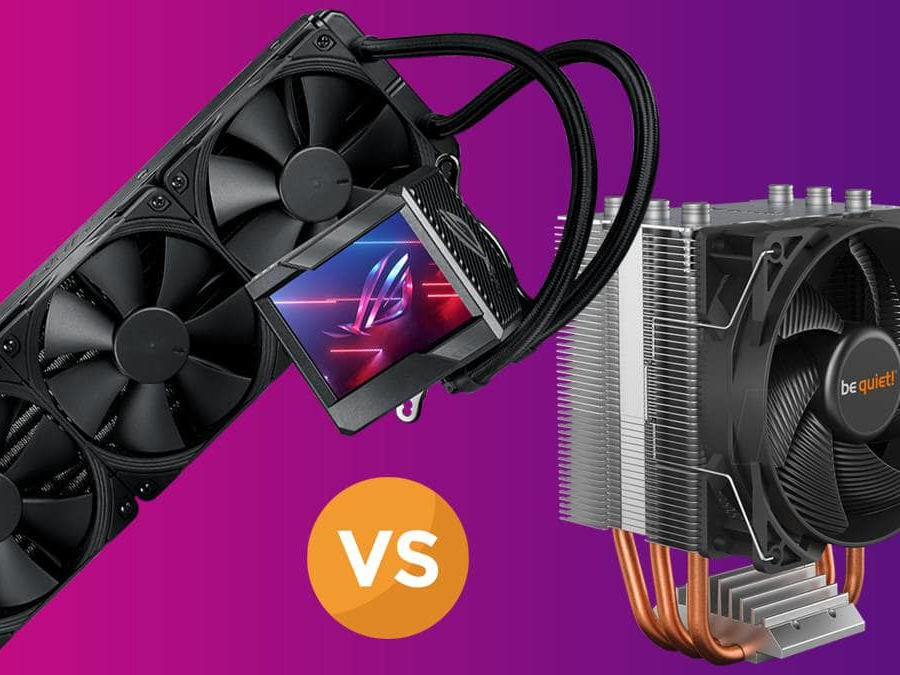
What to buy
1. Purpose of Your PC
- Gaming: High-performance CPUs and GPUs generate a lot of heat. A good air or liquid cooling solution is recommended, especially for overclocking.
- Content Creation/Workstation: Rendering and computational workloads can cause sustained high temperatures, requiring efficient cooling.
- General Use: A stock cooler is almost always sufficient, but an aftermarket cooler can reduce noise and improve thermal performance.
2. Types of Cooling
- Air Cooling (Heatsinks & Fans)
- Stock Coolers: Comes with most CPUs; decent for basic use but not ideal for high performance.
- Aftermarket Air Coolers: Larger heatsinks and higher-quality fans improve cooling efficiency. Examples: Noctua NH-D15, be quiet! Dark Rock Pro 4.
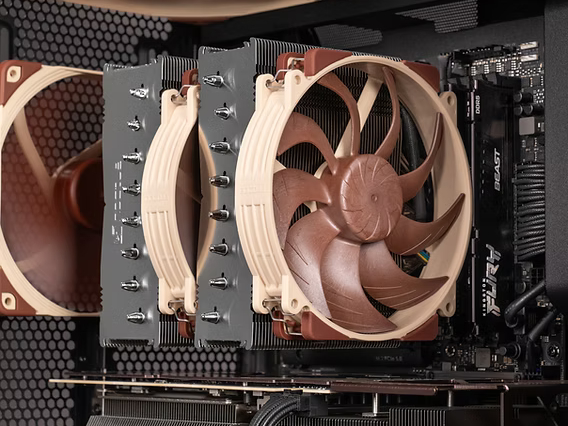
- Liquid Cooling (AIO & Custom Loops)
- AIO (All-in-One) Liquid Coolers: Pre-built liquid coolers that provide better cooling than air in many cases. Common sizes: 120mm, 240mm, 360mm radiators.
- Custom Water Cooling Loops: Advanced cooling for extreme overclocking and aesthetics but requires maintenance.
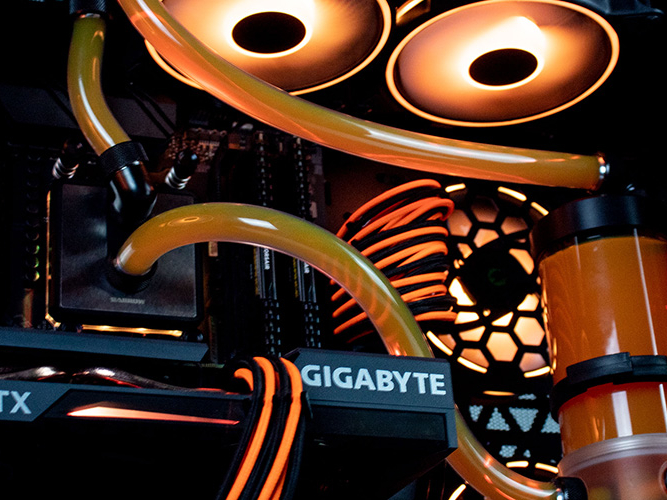
3. Cooling for CPU vs. GPU
- CPU Cooling
- If using an Intel “K” series or AMD “X” series CPU, an aftermarket cooler is recommended.
- For overclocking, a high-performance air cooler or AIO liquid cooler is necessary.
- GPU Cooling
- Most GPUs come with built-in fans.
4. Case Fans & Airflow
- Positive vs. Negative Air Pressure
- Positive Pressure: More intake than exhaust, helps keep dust out.
- Negative Pressure: More exhaust than intake, removes heat quickly but can pull in more dust.
- Recommended Fan Setup
- Front/Bottom Fans: Intake (pulls cool air in).
- Top/Rear Fans: Exhaust (pushes hot air out).
- Balanced airflow improves cooling efficiency.
5. Thermal Paste & Its Importance
- Thermal paste fills microscopic gaps between the CPU and heatsink, improving heat transfer.
- Replacing stock thermal paste with high-quality paste (e.g., Arctic MX-4, Thermal Grizzly Kryonaut) can improve cooling efficiency.
6. Noise Considerations
- Larger fans at lower RPMs move air efficiently with less noise.
- Liquid coolers can be quieter than air coolers but may produce pump noise.
- Silent-oriented builds use sound-dampening cases and low-noise fans (e.g., Noctua, be quiet!).
7. Compatibility & Budget
- Ensure cooler clearance fits within the PC case (especially for large air coolers).
- Check socket compatibility (Intel LGA1700, AMD AM4/AM5, etc.).
- Budget-friendly air coolers provide good performance; AIOs are pricier but can be worth it for high-end builds.
8. Case
The PC case (or chassis) houses all your components and plays a crucial role in cooling, airflow, aesthetics, and overall build experience. Choosing the right case ensures compatibility, good thermal performance, and an easy building process.
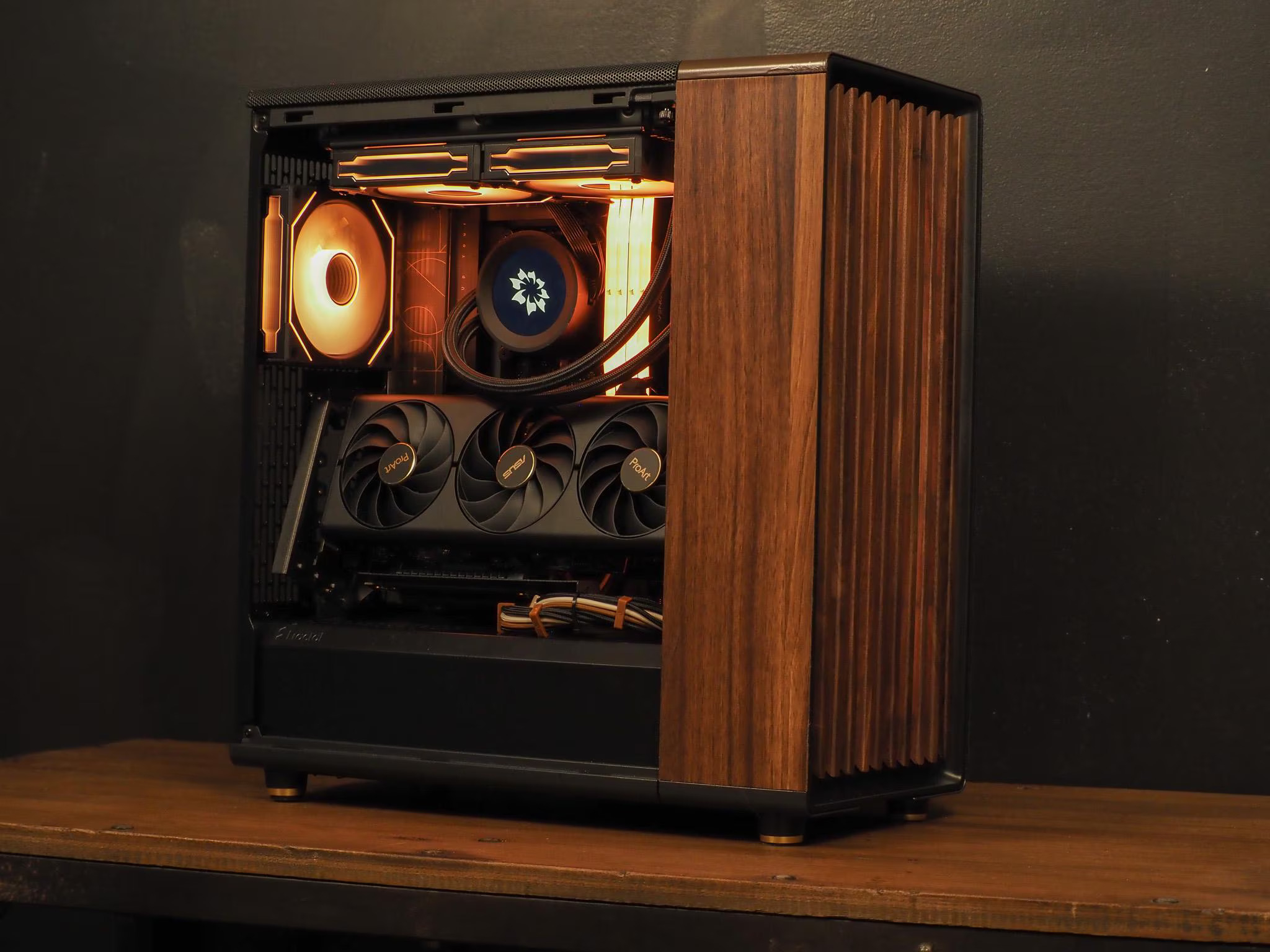
What to buy
1. Purpose of Your PC
- Gaming: Look for a case with good airflow, cable management, and space for large GPUs.
- Content Creation/Workstation: A roomy case with excellent cooling and space for multiple drives is recommended.
- General Use: A mid-range case with decent ventilation and ease of access is sufficient.
2. Case Sizes & Form Factors
- Full Tower: Supports E-ATX, ATX, and smaller motherboards. Ideal for high-end builds with multiple GPUs and custom water cooling.
- Mid Tower: The most common size, supports ATX and smaller boards. Good balance of size and expandability.
- Mini Tower: Designed for Micro-ATX motherboards; compact but may have limited airflow and component compatibility.
- Small Form Factor (SFF): For Mini-ITX builds, ultra-compact but requires careful planning for cooling and component fit.
3. Airflow & Cooling Support
- Case Fans: Ensure the case has adequate intake and exhaust fan mounting points.
- Dust Filters: Prevents dust buildup, keeping components cleaner and cooler.
- Liquid Cooling Support: Check if the case has space for AIO radiators (120mm, 240mm, 360mm) or custom loops.
- Ventilation: Cases with mesh front panels offer superior airflow compared to solid front panels.
4. GPU & CPU Cooler Clearance
- GPU Clearance: Ensure the case has enough space for longer GPUs (RTX 4090 and similar cards can be over 330mm long).
- CPU Cooler Height: Large air coolers (e.g., Noctua NH-D15) need enough clearance inside the case.
- PSU Clearance: Check PSU shroud design and available space for easy cable management.
5. Cable Management Features
- Cases with rubber grommets, cable tie points, and PSU shrouds help with cleaner cable routing.
- Modular power supplies improve cable management by allowing unused cables to be removed.
6. Drive Bays & Storage Support
- 2.5" SSD Mounts: Modern cases often have dedicated SSD mounts behind the motherboard tray.
- 3.5" HDD Bays: Some cases sacrifice HDD space for airflow—ensure your case has enough bays if you need HDDs.
- M.2 SSDs: Mounted directly on the motherboard, requiring no case storage space.
7. Aesthetics & Build Quality
- RGB & Tempered Glass: Many gaming cases come with RGB lighting and tempered glass side panels.
- Minimalist vs. Gaming Aesthetic: Choose between sleek, professional cases or aggressive gamer designs with RGB accents.
- Build Materials: Aluminum and steel cases are sturdier than plastic-heavy designs.
8. Front I/O Ports & Connectivity
- USB Ports: Check for USB-C, USB 3.0, and headphone/microphone jacks on the front panel.
- Fan & RGB Controls: Some cases come with built-in fan controllers or RGB hubs.
9. Brand Preference & Budget
- Reliable Case Brands: Lian Li, Fractal Design, NZXT, Corsair, Cooler Master, be quiet!
- Budget Considerations: More expensive cases offer better airflow, cable management, and build quality, but budget cases can still provide good performance with the right cooling setup.
Price
The price range of a PC can vary greatly depending on its performance tier and intended use. Entry-level PCs typically cost between $400 and $700, offering basic functionality for tasks like office work and light gaming. High-end systems, designed for demanding activities like 4K gaming or video editing, can range from $1,500 to over $3,000, delivering top-tier performance and advanced features.
Price Range Information
| Performance Tier | Expected Price Range (USD) | Description |
|---|---|---|
| Entry-Level | $400 - $700 | Basic tasks, light gaming (1080p low settings), office work |
| Mid-Range | $800 - $1,200 | 1080p/1440p gaming, moderate productivity, streaming |
| High-End | $1,500 - $2,500 | 1440p/4K gaming, high-performance workloads (video editing, 3D rendering) |
| Enthusiast/Extreme | $3,000+ | Top-tier gaming (4K/8K), AI workloads, heavy content creation |